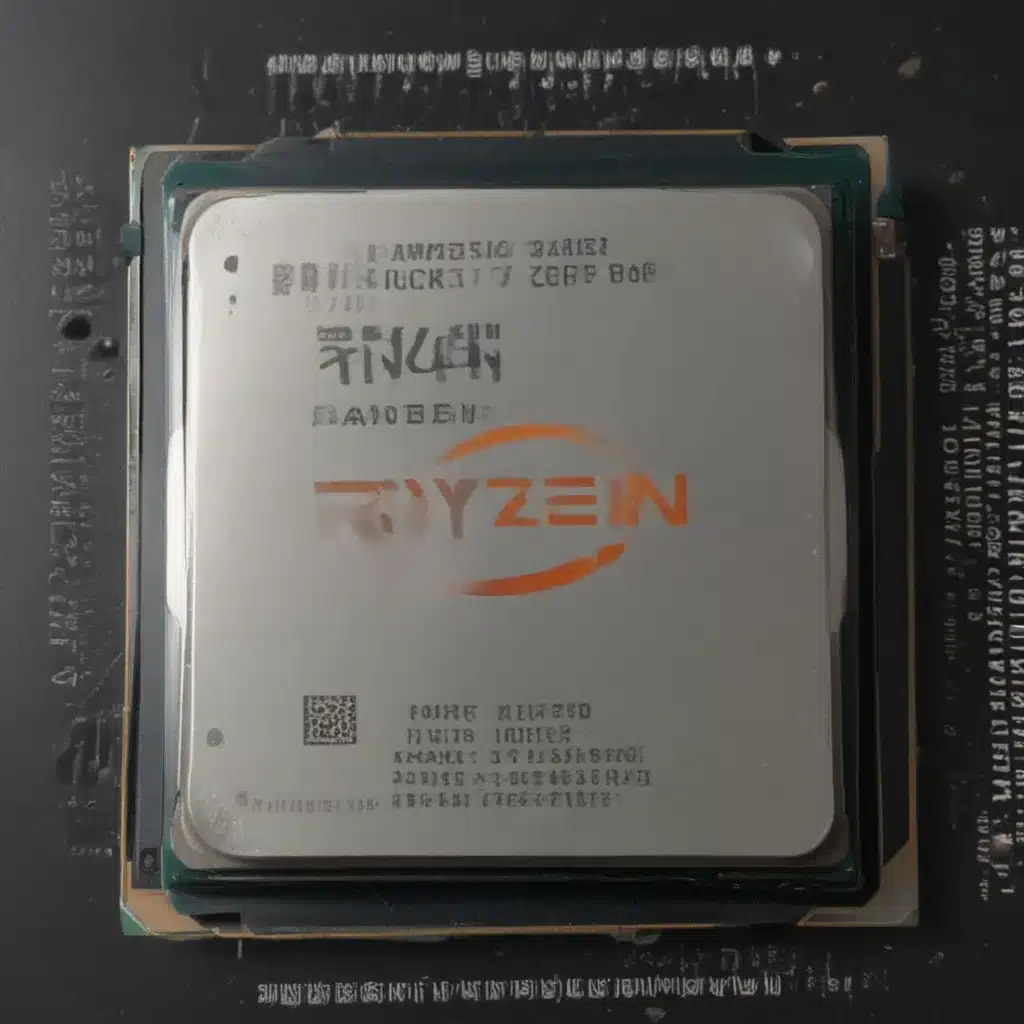Beyond Stock Performance: Unlock Your Ryzen 7000’s Full Potential
As a self-proclaimed PC building enthusiast, I’ve always been fascinated by the world of overclocking. There’s just something thrilling about pushing your hardware to its absolute limits and squeezing out every last drop of performance. So, when AMD unveiled their latest Ryzen 7000 series CPUs, built on the Zen 4 architecture, I simply couldn’t resist the urge to dive in and see how far I could take these powerful processors.
Taming the Zen 4 Beast
The Ryzen 7000 series, with its promise of blazing-fast clock speeds and impressive IPC (instructions per cycle) improvements, is a tempting target for overclockers like myself. However, as I soon discovered, these CPUs are not your average overclocking specimens. They require a delicate touch and a deep understanding of the underlying technology to truly harness their potential.
Diving Into the Curve Optimizer
One of the key tools in our overclocking arsenal is AMD’s Curve Optimizer feature, which allows us to fine-tune the voltage-frequency curve of each individual CPU core. [1] By carefully adjusting these “Curve Optimizer” values, we can push our Ryzen 7000 chips to their limits while maintaining stability and keeping temperatures in check.
Pushing the Infinity Fabric
But the Ryzen 7000 series isn’t just about the CPU cores – the Infinity Fabric, which connects various components within the chip, also plays a crucial role in overall system performance. [3] Eager to extract every last ounce of performance, I delved into the world of Infinity Fabric overclocking, carefully balancing clock speeds, voltages, and memory timings to achieve the perfect balance.
The Limits of Overclock
Of course, as with any overclocking endeavor, there are limits to how far we can push these Ryzen 7000 CPUs. While the Zen 4 architecture is incredibly robust, it’s not invincible, and we need to be mindful of factors like power consumption, heat generation, and silicon quality to avoid damaging our precious hardware. [2, 4]
Striking the Perfect Balance
The key, I’ve found, is to strike the perfect balance between performance and stability. It’s not just about throwing caution to the wind and pushing for the highest possible clock speeds – it’s about carefully tuning each and every setting, testing for stability, and fine-tuning until we’ve found the sweet spot that delivers the best possible performance without compromising the long-term health of our systems.
Overclocking Ryzen 7000: A Delicate Dance
Overclocking the Ryzen 7000 series is not for the faint of heart. It’s a delicate dance of voltage adjustments, power limit tweaks, and Infinity Fabric optimization that requires patience, dedication, and a deep understanding of the underlying technology. [5, 6] But for those of us who are willing to put in the time and effort, the rewards can be truly remarkable.
A Note on Ryzen 7000 X3D
It’s worth noting that the Ryzen 7000 X3D series, with its innovative 3D V-Cache technology, introduces an additional layer of complexity when it comes to overclocking. [2] These CPUs, while offering incredible performance, are not as amenable to manual overclocking as their non-X3D counterparts. So, while the techniques I’ve outlined here can still be applied, the potential gains may be more limited.
Conclusion: The Thrill of the Hunt
Overclocking the Ryzen 7000 series is not for the faint of heart, but for those of us who love a good challenge, it’s a truly exhilarating experience. By pushing these powerful processors to their limits, we can unlock performance gains that simply wouldn’t be possible with stock settings – and the sense of accomplishment that comes with finding that perfect balance is truly unparalleled. [7, 8]
So, if you’re ready to take your Ryzen 7000 system to the next level, grab your overclocking toolkit, dive into the BIOS, and let’s see just how far we can push these Zen 4 beasts. The journey may be demanding, but the rewards are well worth it.













